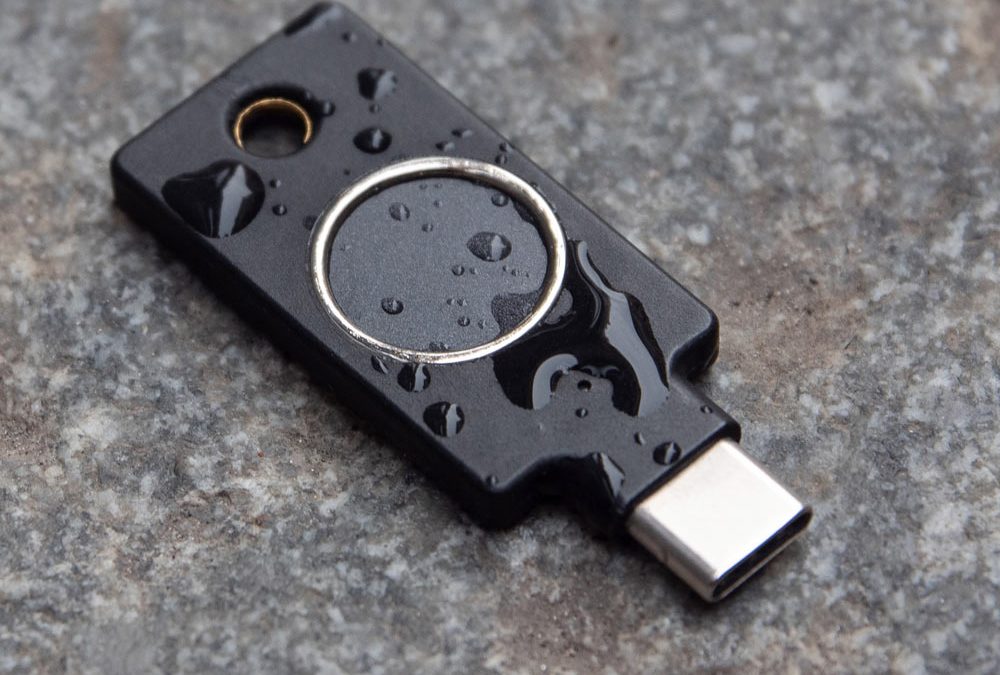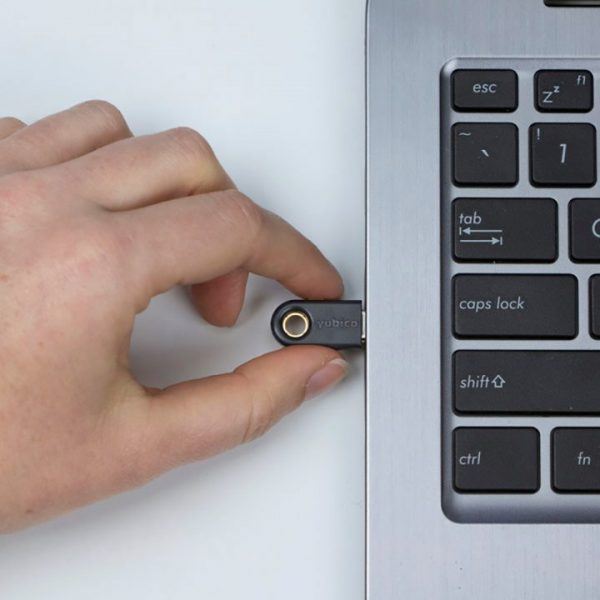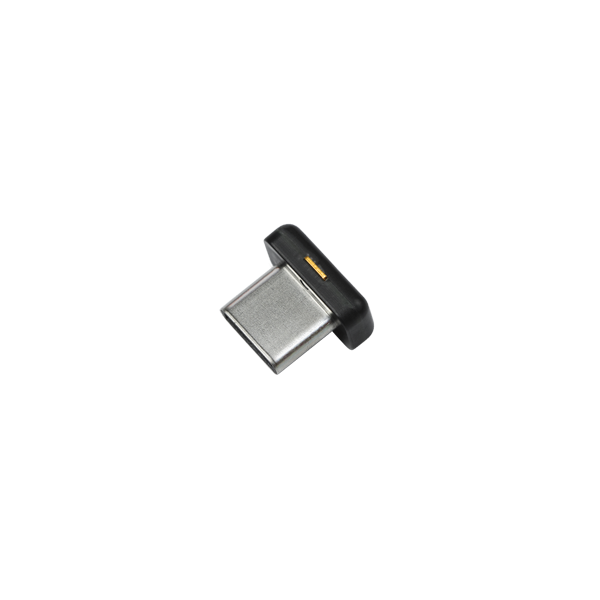

It is possible to swap slots 1 and 2, with $ ykman otp swap. Each can be configured with one of the following:Įach function has several configuration options provided at the time of creation, but once set they cannot be read back. This feature has a somewhat misleading name, because it also encompasses the static password and challenge-response functions.Ģ slots are provided for this feature, accessible by short and long button presses respectively. -chalresp-timeout - Set the challenge-response timeout.įor more information, see $ ykman mode -help One-time password.-autoeject-timeout - Automatically eject the smart card after some time.

This only works if the mode is CCID only FIDO and OTP must be disabled.
 -touch-eject - The button will insert and eject the smart card. The 80 will be ignored, and it will behave like 6. Note: Some examples use mode number 86, which is invalid. Ykman uses the term "modes", named OTP, FIDO, and CCID. The following table shows which protocols use which interfaces: All three can be enabled or disabled independently, allowing control of their associated protocols. Two of the interfaces implement the USB HID (Human Interface Device) device class the third is a smart card interface (CCID). Challenge-Response requests (calculated using either Yubico OTP mode or HMAC-SHA1 mode)ĭepending on the YubiKey model, the device provides up to three different USB interfaces. Blinks steadily when a button press is required to permit an API response. Blinks once when plugged in, useful for troubleshooting. (Note that static passwords are vulnerable to keyloggers.) Keystrokes (emulating a USB keyboard), used to type static passwords and OTPs. The YubiKey transforms these inputs into outputs: The LED will illuminate to prompt the user. This is the default behavior, and easy to trigger inadvertently. Trigger a static password or one-time password (OTP) (Short press for slot 1, long press for slot 2). Depending on the context, touching it does one of these things: The YubiKey takes inputs in the form of API calls over USB and button presses. YubiKey Full Disk Encryption - Use challenge-response mode to create strong LUKS passphrases. Enables web browsers to use the U2F protocol for authentication with your YubiKey. Support the newer OATH implementation (YubiKey NEO and 4) as well as the older slot-based implementation (YubiKey Standard and Edge). Yubico Authenticator for Desktop - GUI to read OATH codes from your YubiKey over USB.
-touch-eject - The button will insert and eject the smart card. The 80 will be ignored, and it will behave like 6. Note: Some examples use mode number 86, which is invalid. Ykman uses the term "modes", named OTP, FIDO, and CCID. The following table shows which protocols use which interfaces: All three can be enabled or disabled independently, allowing control of their associated protocols. Two of the interfaces implement the USB HID (Human Interface Device) device class the third is a smart card interface (CCID). Challenge-Response requests (calculated using either Yubico OTP mode or HMAC-SHA1 mode)ĭepending on the YubiKey model, the device provides up to three different USB interfaces. Blinks steadily when a button press is required to permit an API response. Blinks once when plugged in, useful for troubleshooting. (Note that static passwords are vulnerable to keyloggers.) Keystrokes (emulating a USB keyboard), used to type static passwords and OTPs. The YubiKey transforms these inputs into outputs: The LED will illuminate to prompt the user. This is the default behavior, and easy to trigger inadvertently. Trigger a static password or one-time password (OTP) (Short press for slot 1, long press for slot 2). Depending on the context, touching it does one of these things: The YubiKey takes inputs in the form of API calls over USB and button presses. YubiKey Full Disk Encryption - Use challenge-response mode to create strong LUKS passphrases. Enables web browsers to use the U2F protocol for authentication with your YubiKey. Support the newer OATH implementation (YubiKey NEO and 4) as well as the older slot-based implementation (YubiKey Standard and Edge). Yubico Authenticator for Desktop - GUI to read OATH codes from your YubiKey over USB. 
Yubico PAM-U2F - PAM user authentication with U2F.Yubico PAM - PAM user authentication with either Yubico OTP or challenge-response.|| yubikey-personalization, yubikey-personalization-gui Authentication tools More powerful than ykman, but harder to use. YubiKey Personalization - Library and tool for configuring and querying a YubiKey over the OTP USB connection.








 0 kommentar(er)
0 kommentar(er)
